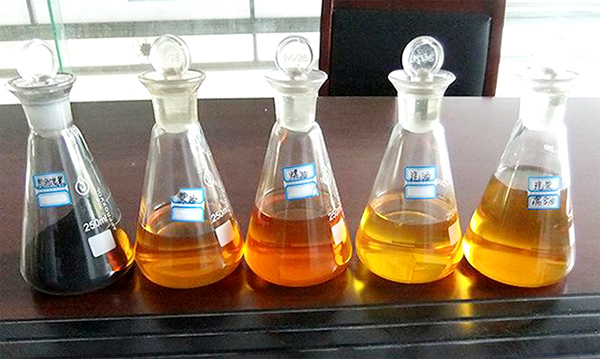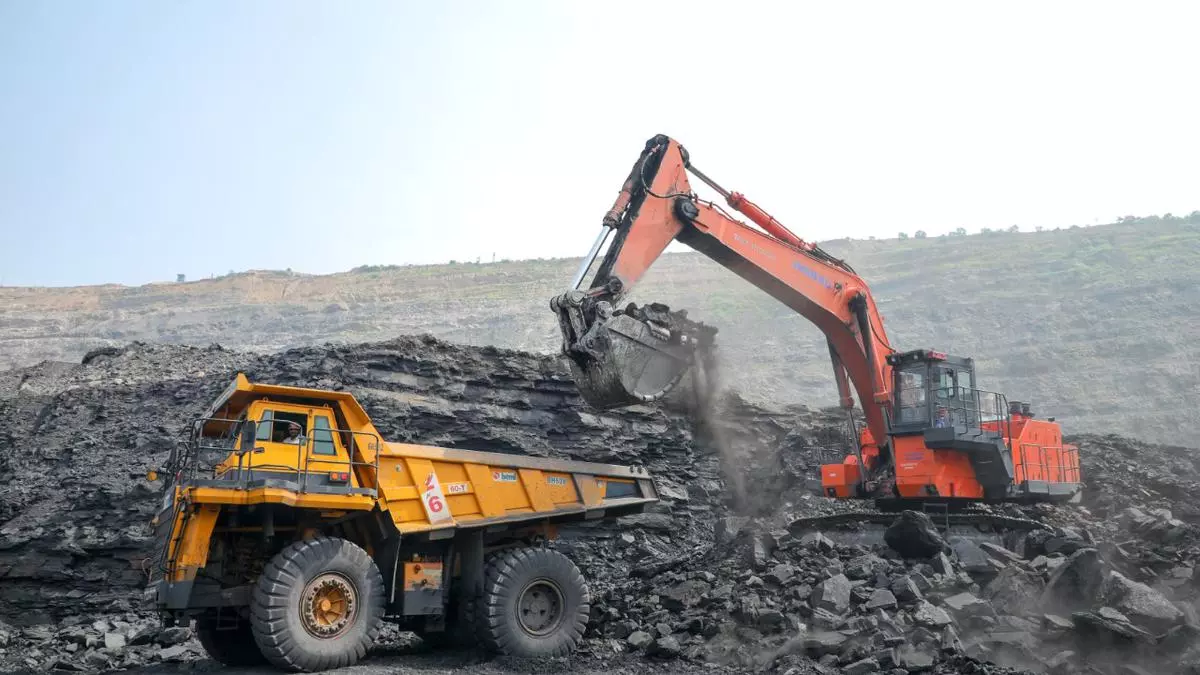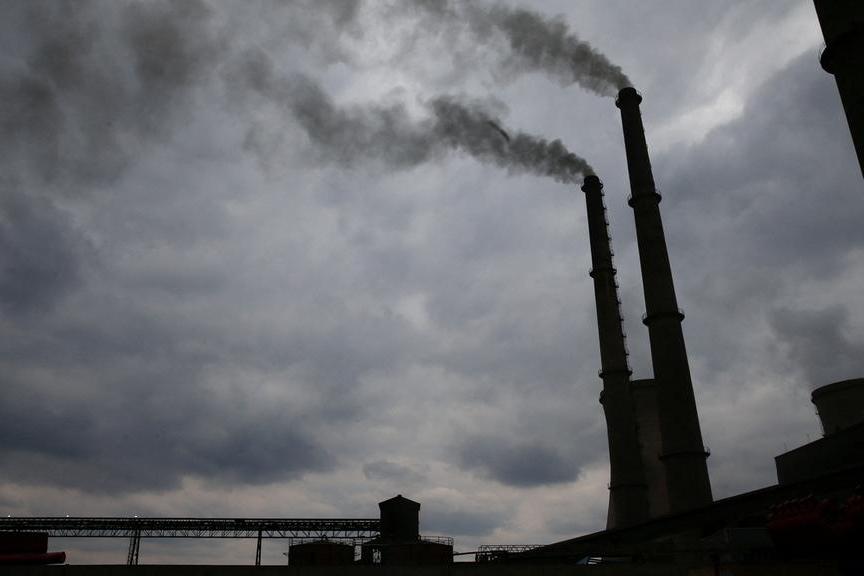





:quality(70)/cloudfront-eu-central-1.images.arcpublishing.com/thenational/NGIVJ6G4RMVNLZM4RN7GDGY54Y.jpg)
_-_IMG_1104.jpg)
China's coal production is currently outpacing demand, leading to increased inventories and a significant drop in prices. Power-station coal prices have decreased by 9% since September, now standing at 790 yuan (approximately $108) per ton. Analysts predict that prices may fall further to around 730 yuan as the Lunar New Year approaches [eb2d3be6]. Coal inventories have surged by 12% over the two months leading up to October, reflecting a market sentiment that is increasingly pessimistic due to low demand, evidenced by fewer ships arriving at coal ports [eb2d3be6].
In contrast, Europe's weak economic growth has resulted in a notable decline in the continent's usage of diesel and naphtha fuels, affecting global oil markets [2937091a]. This decline is attributed to long-term structural trends, such as a shift towards petrol-powered vehicles and electric cars, alongside the economic malaise in Europe [2937091a]. Meanwhile, China is witnessing a boom in demand for diesel and naphtha fuels, driven by substantial investments in petrochemical capacity and efficient supply chains [2937091a]. Chinese exports of refined petroleum products, including diesel, are expected to rise in October compared to September [c058af56]. With the West facing higher consumption of heating oil and gasoil during the winter season and low diesel stocks, China's role in alleviating diesel shortages is becoming increasingly critical [c058af56].
As for thermal coal, demand in Asia is rising ahead of peak winter consumption, although prices remain weak due to soft European imports [4cd36e43]. Asia's imports of seaborne thermal coal increased in October, with China and India leading the gains, while Japan and South Korea saw slight declines [4cd36e43]. Chinese buyers are favoring Australian coal, while Indonesian coal prices have decreased since last year [4cd36e43]. European thermal coal imports were slightly higher in October compared to September, but still less than half of what they were in October of the previous year [4cd36e43]. Exporters are redirecting cargoes from Europe to Asia, with increased imports from South Africa and the US [4cd36e43].
The oversupply in the Chinese coal market is expected to keep pressure on seaborne thermal coal prices in Asia [59ff7fec]. The Newcastle benchmark price is projected to decline from nearly $180 per tonne in 2023, with factors such as fuel substitution and declining natural gas prices contributing to this trend [59ff7fec]. China's coal production has surged to prevent power shortages, resulting in a 73% increase in coal imports [59ff7fec]. The Australian Chief Economist Office anticipates possible price growth in the latter half of 2023 due to rising gas prices and thermal coal demand during the northern winter [59ff7fec].
In the European market, the Carbon Black sector remains subdued, with prices at Hamburg port deflating from USD 1800/mt to USD 1200/mt by December 2023, indicating a deep demand crisis [202866ac]. Rising interest rates and EU regulations on Carbon Black have led to a decline in consumption of Carbon Black-derived products [202866ac]. The shipping crisis, exacerbated by Houthi attacks in the Red Sea, is causing global CIF prices to rise, which may delay recovery in the Carbon Black market until 2025 [202866ac].
Meanwhile, the rubber-derived unrefined pyrolysis oil market in Europe is experiencing significant growth, projected to reach a valuation of US$ 12,202.5 Thousand by 2032, fueled by rising investments in waste management systems [fb0cc04d]. Germany, France, and the U.K. are expected to account for a substantial portion of this market growth [fb0cc04d].
China's national carbon emissions trading scheme (ETS), the largest in the world, has seen trading volumes surge as it expands to more sectors, reaching cumulative trading volumes of 465 million tonnes of carbon emissions allowances [fcdeff69]. The carbon price on the ETS has nearly doubled over the past three years, closing at 87.05 yuan per tonne recently [fcdeff69]. Analysts note that while the Chinese carbon market is growing, it still has a long way to go to match the trading volumes and prices of its European counterparts [fcdeff69].